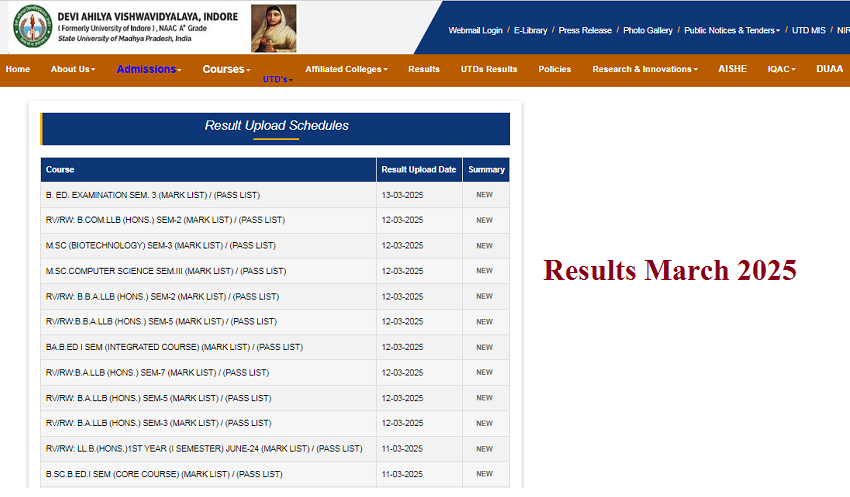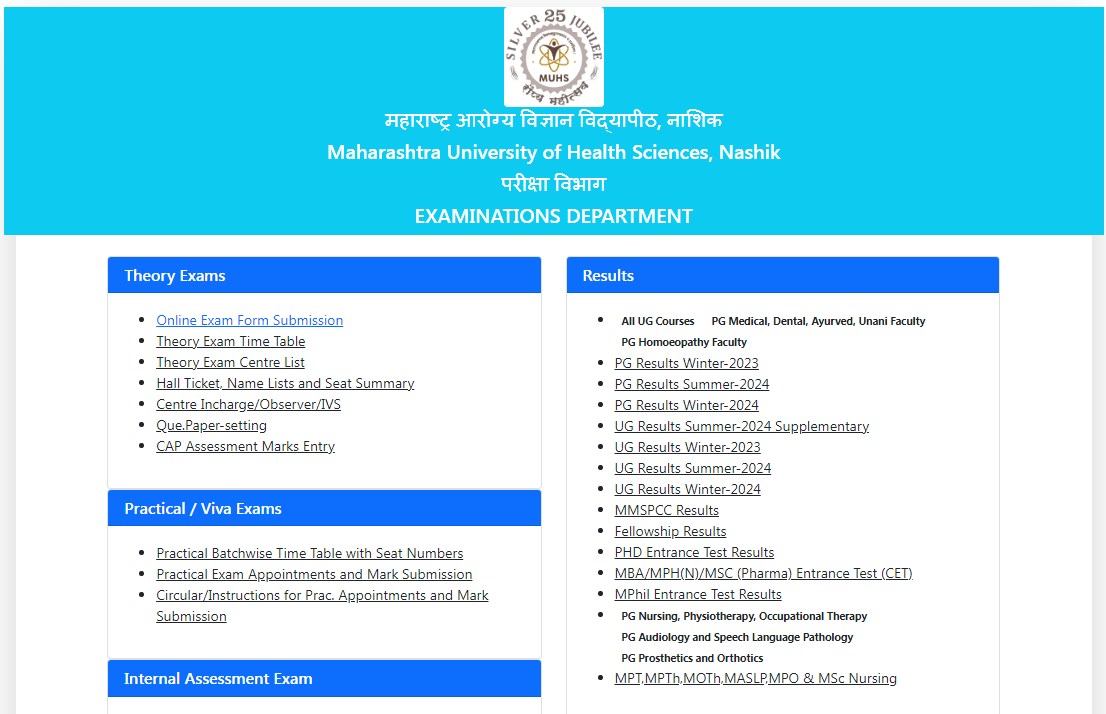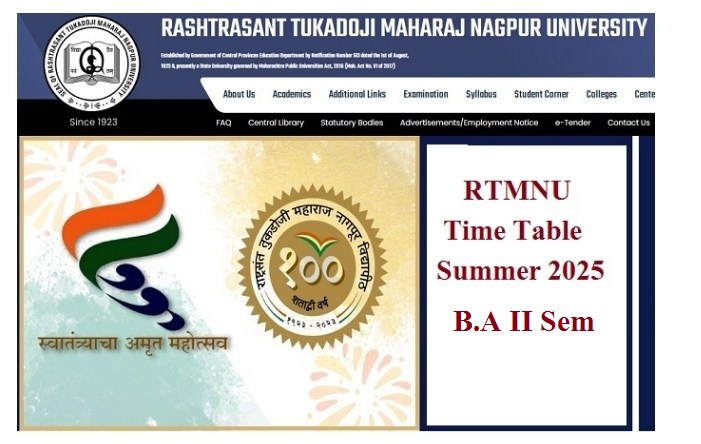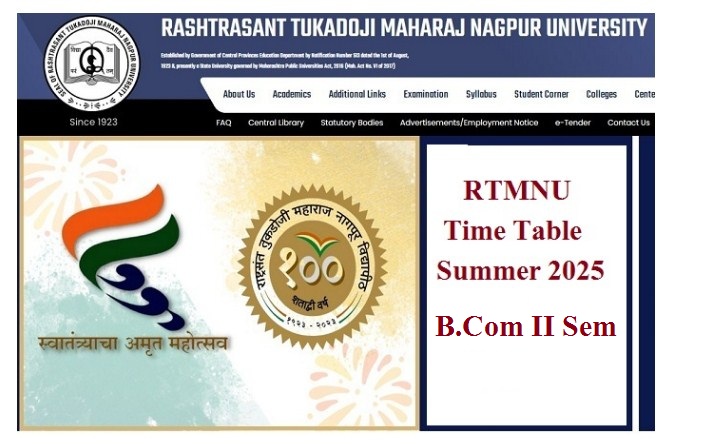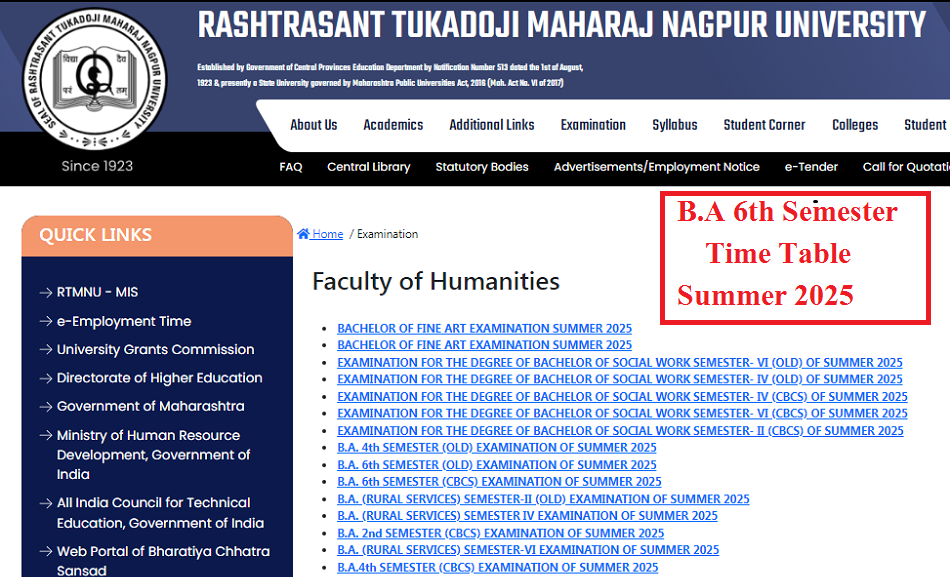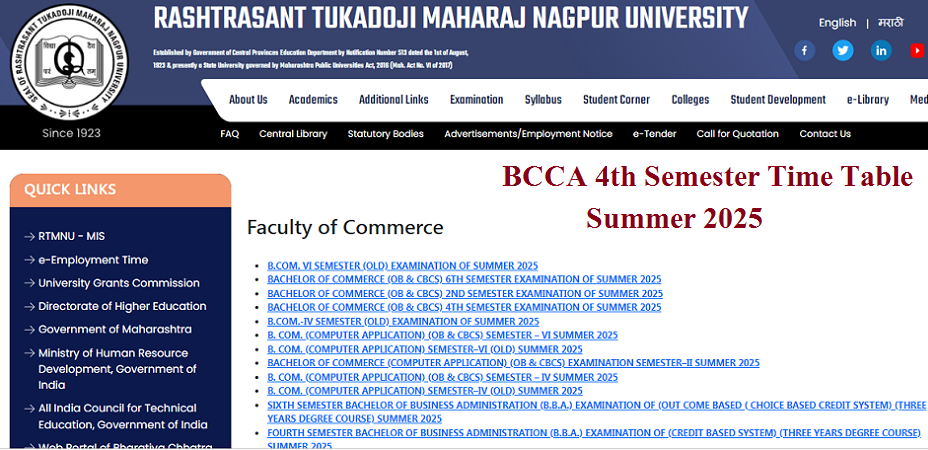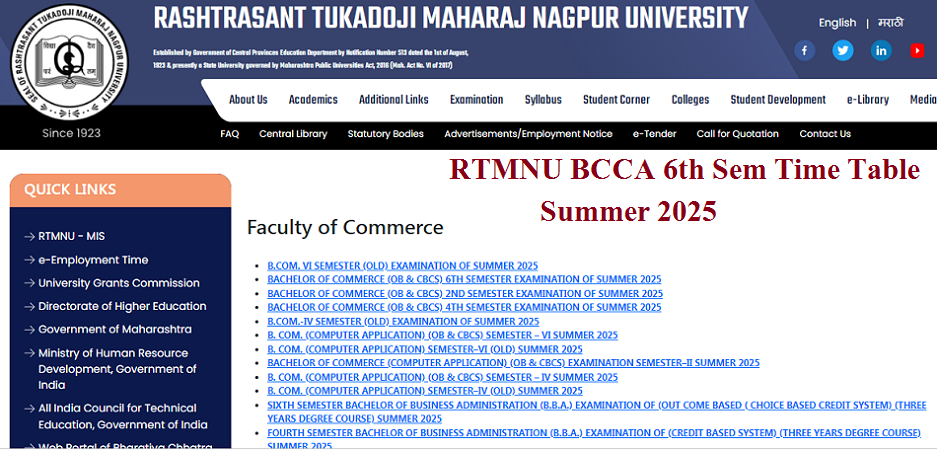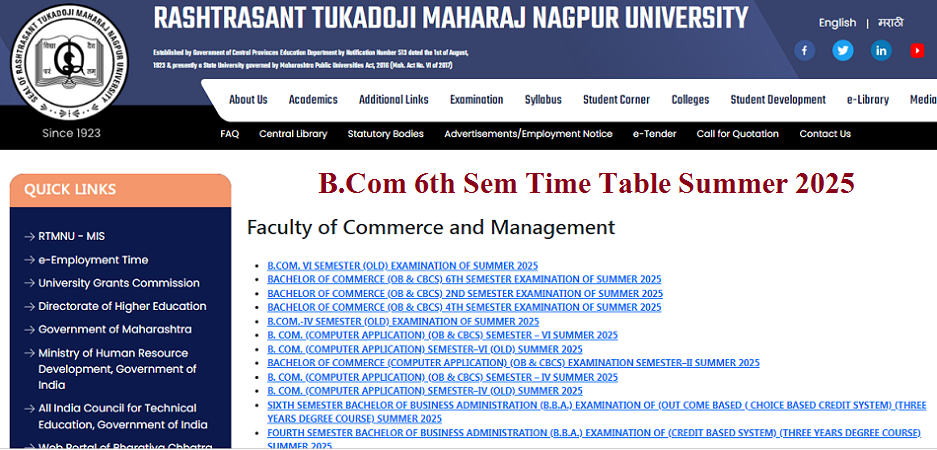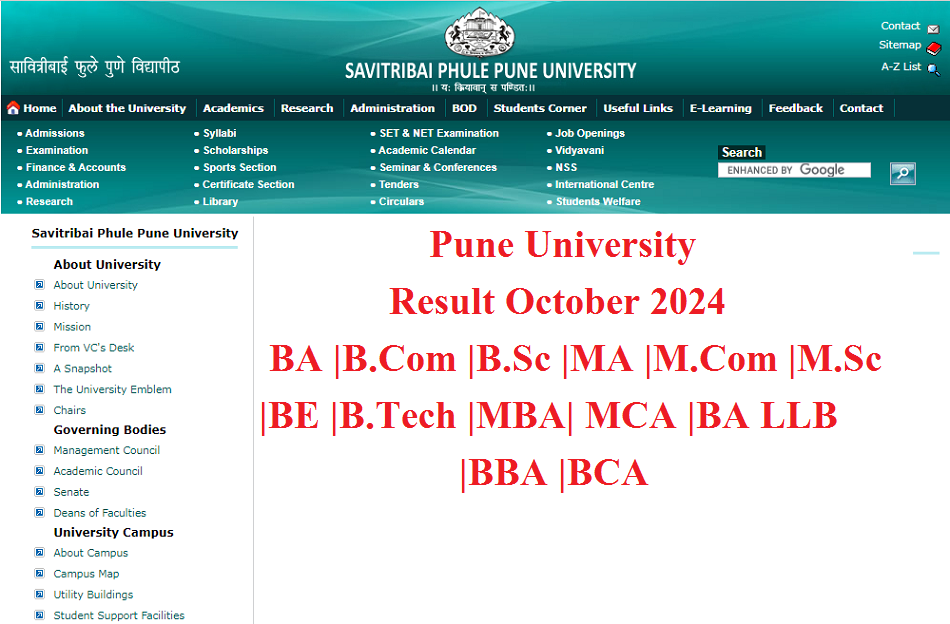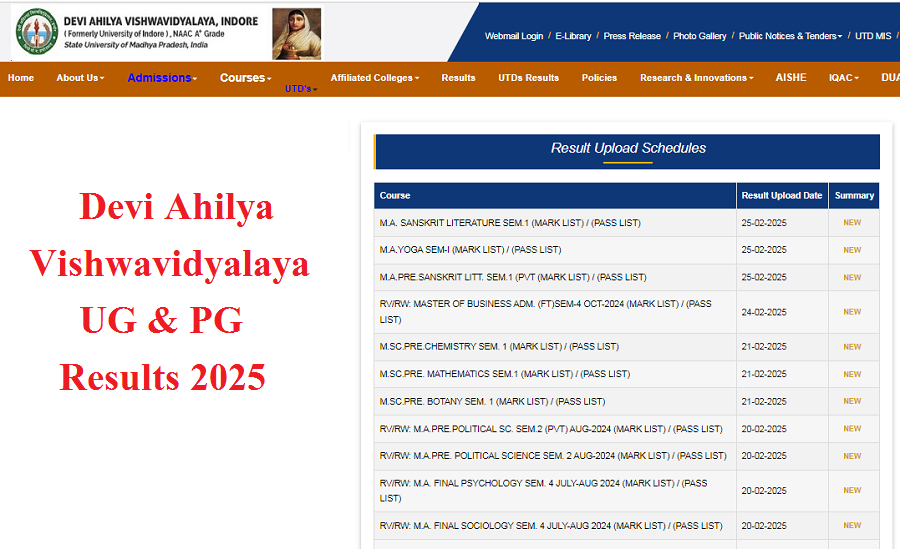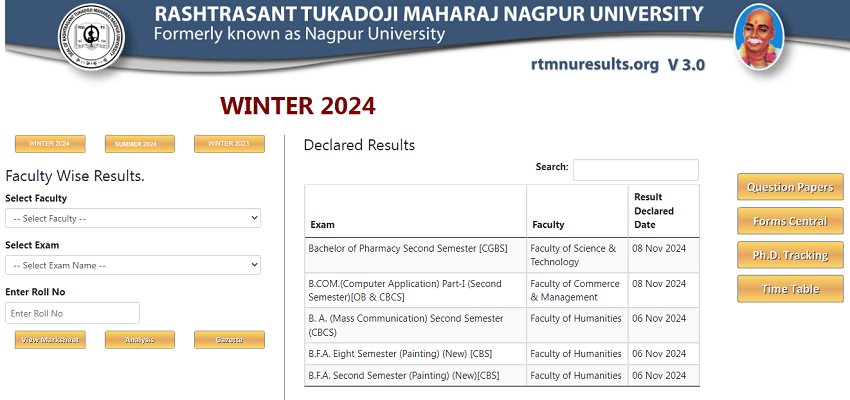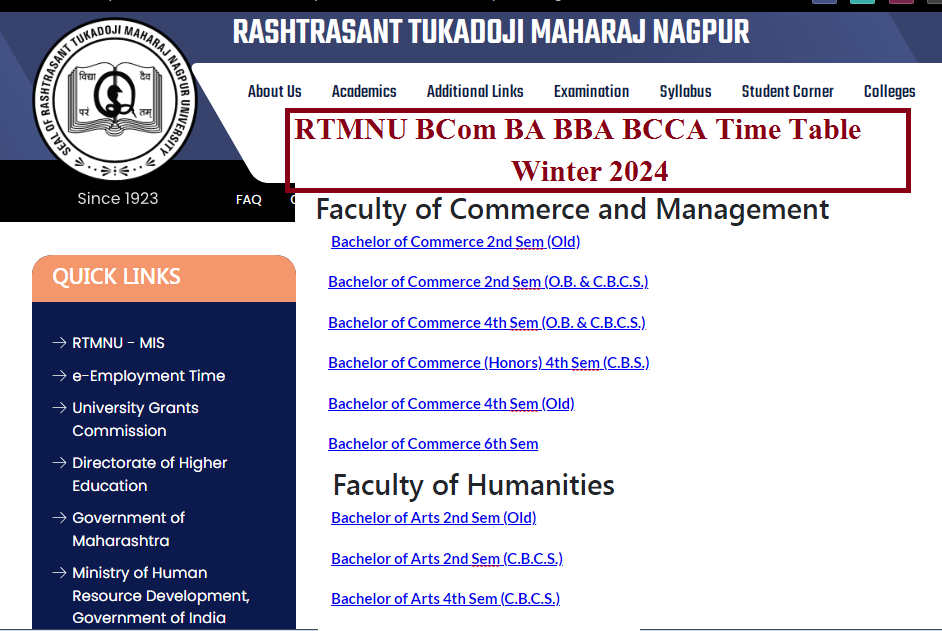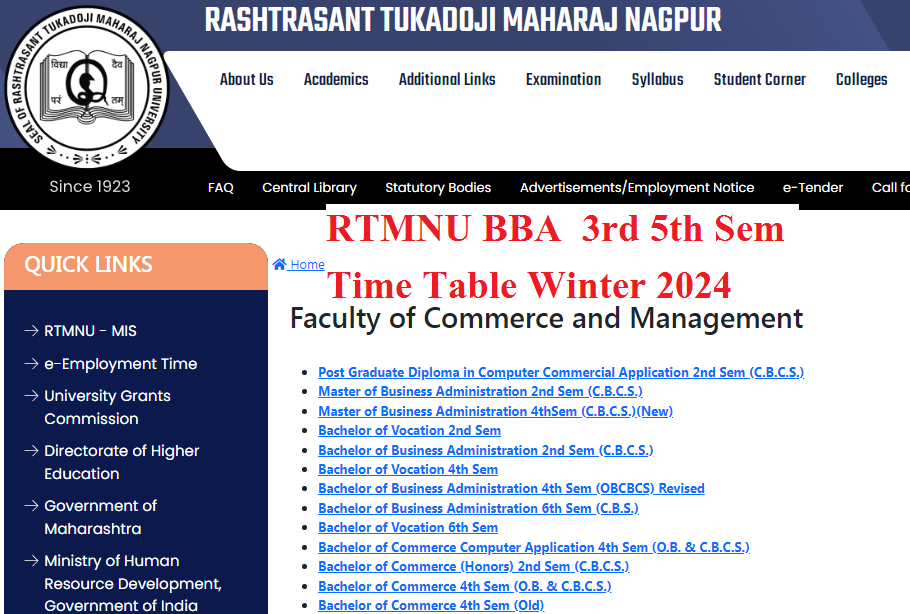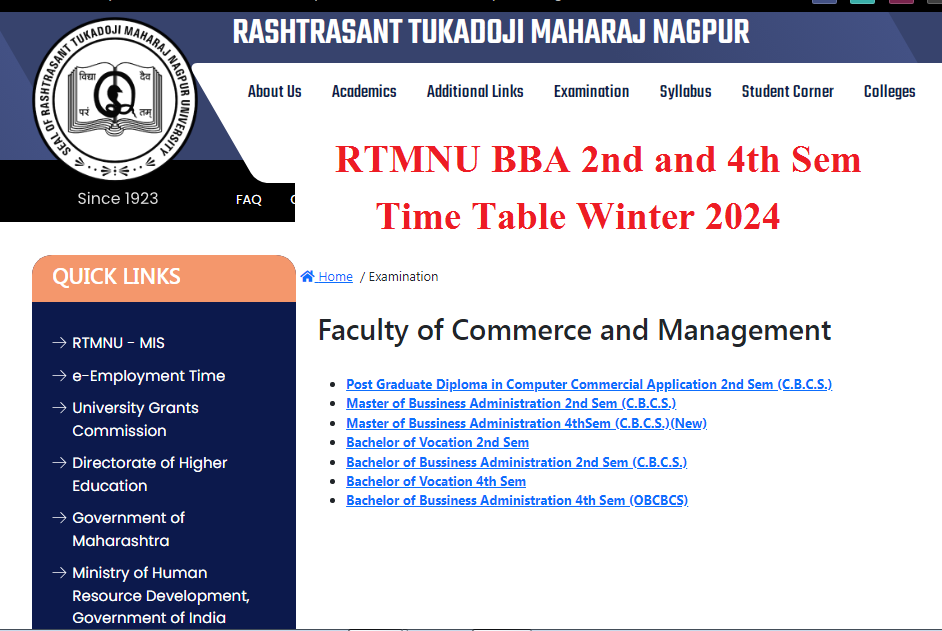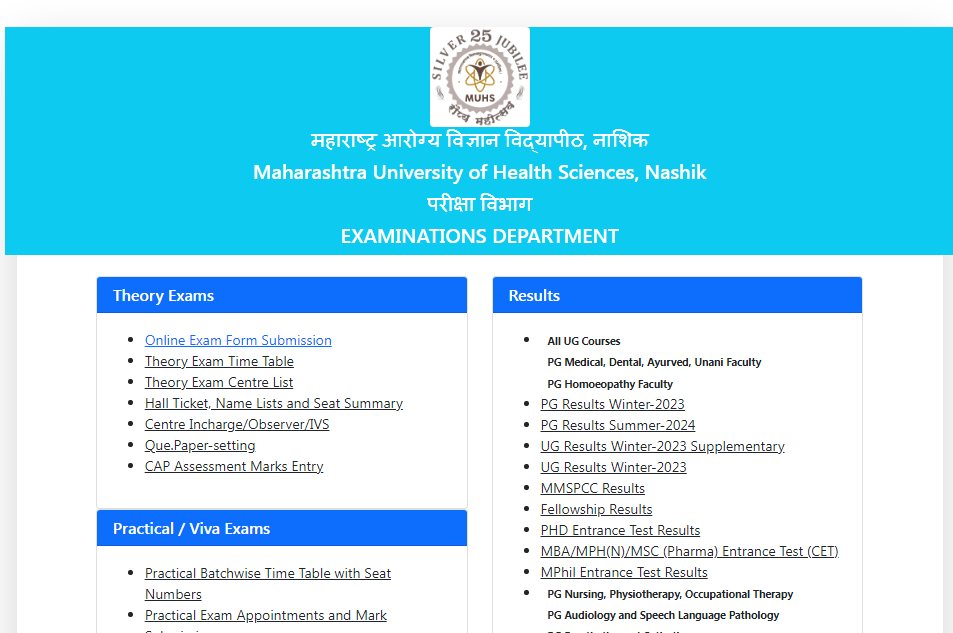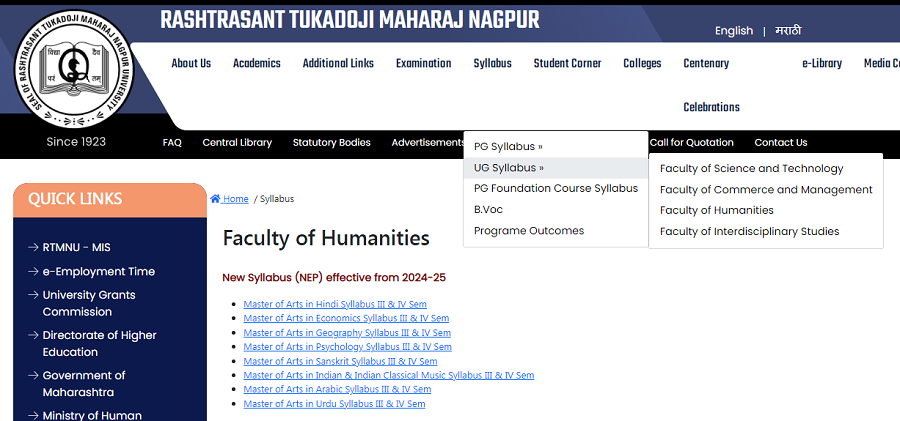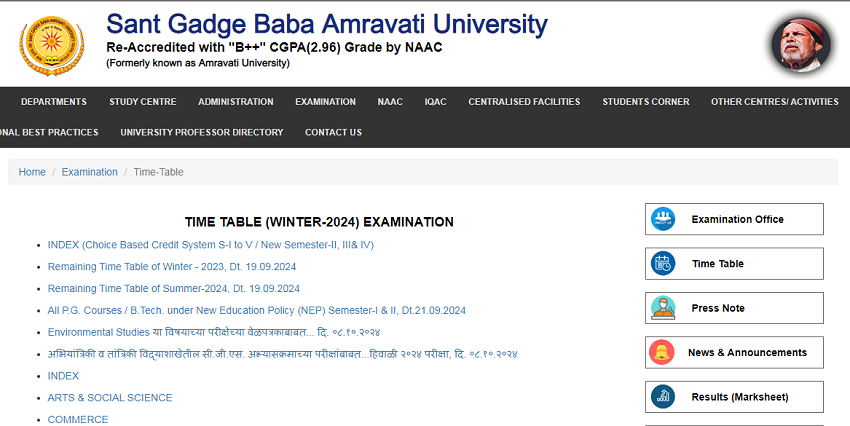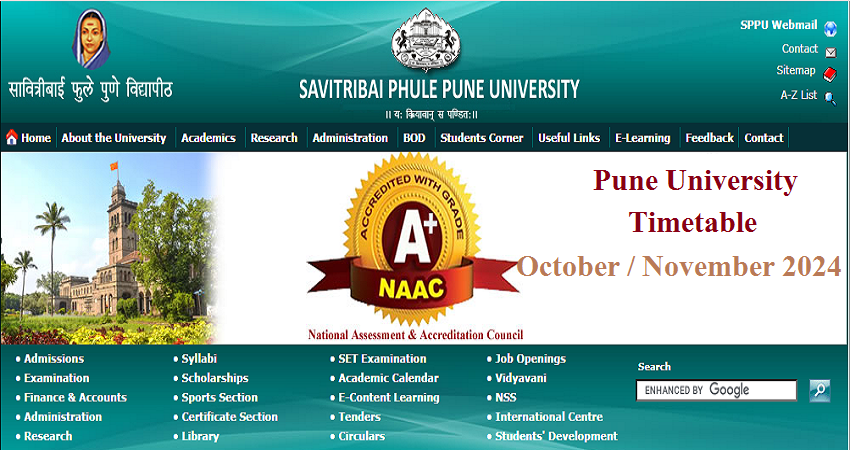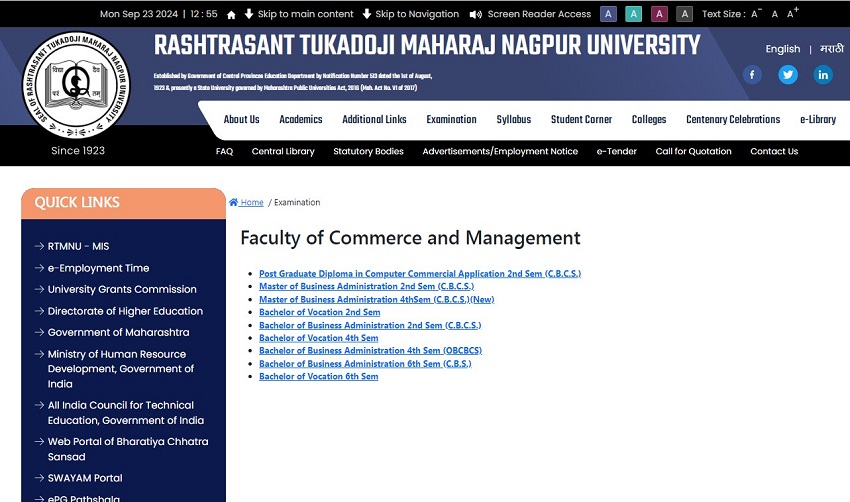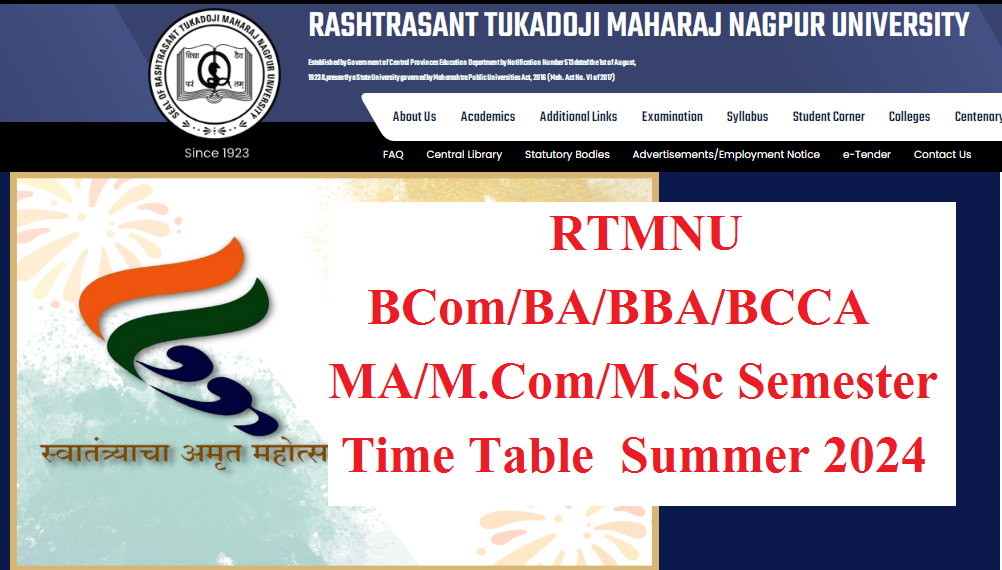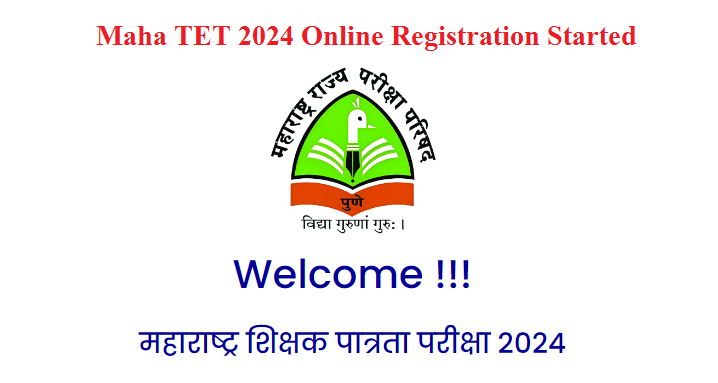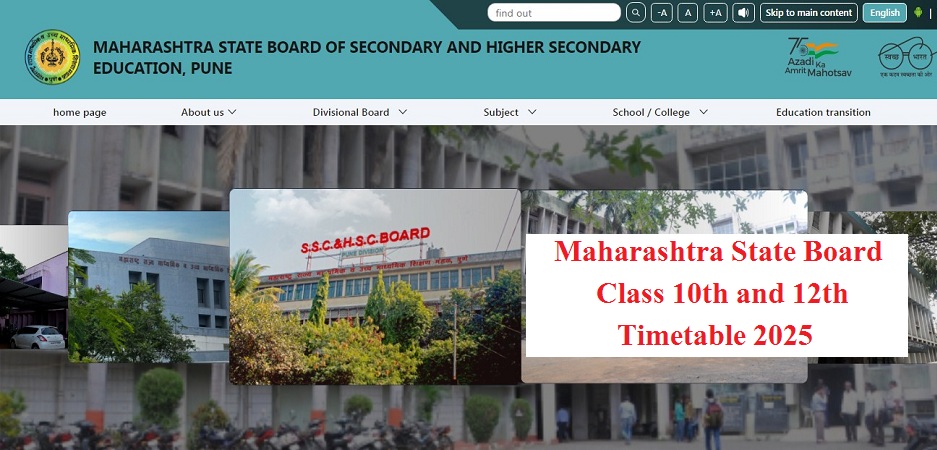JAIIB Exam Notes on Distribution
JAIIB Exam Notes on Distribution
Following are the important notes on JAIIB Examination which is important For Bank internal Examination of various banks in India.
What is Distribution in JAIIB?
One of the four of the making mix is ‘place’ or ‘distribution’. All products need to reach the consumer on time to satisfy his/her needs. Distribution performs this function. It provides. It provide the Place’ and ‘time’ utility to a product.
In the normal distribution process. Several entities from a chain between the producer and the consumer. For effective marketing of a product, these entities are just as important as the producer and the consumer. Therefore, marketing mix strategies also include distribution strategies.
Due to the special characteristics of services, distribution of services is different in many ways from that of physical goods. Banks use several types of distribution channels to provide services.
Learning objectives of JAIIB Exam
- Describe the functions of distribution channels
- List the types of distribution channels
- List the distribution channels for banking services
- Identify the intermediaries in banking services.
Distribution Channels: Functions in JAIIB
Matching: The distribution channel members help to match the offer to the buyer’s needs. This might include alterations, grading assembling and packaging. They also help provide a variety of offerings from different sources to the customers.
The customers find it convenient when they don’t have to shop from different outlets and instead get all they need from a single source. The consumers can also get major alternations or additions made.
Contact
The channel helps to locate communicate with prospective buyers. Some manufactures have their own network to reach customers. However, manufactures of mass consumption goods, catering to widely scattered customers might find it difficult to communicate directly with the consumers.
In such cases, the distribution channel, due to its physical proximity to consumers helps bring together the consumer and producer make the sales process smother.
Financing: The channel members acquire and use funds for financing the channel operations. The intermediaries provide the deposits for buy the goods in bulk from the producer on cash basis. They also extend credit to the retailer.
Promotion Details in JAIIB
The members develop and spread persuasive communication about the offer in order to increase sales. The personal selling task and launch or re- launch of an existing product is performed by the dealers or retailers who come in direct contact with the customers. They also provide pre- sales and post – sales service to the consumers.
Negotiation: channel members negotiate and settle the final price and other terms with the buyer so that ownership and possession can be transferred. They also provide the producer, information on the customer reaction to the price.
Market information: Members of the channel gather intelligence and information about potential and current customers, competitors and other forces in the marketing environment and send it to the producer. They also give the producer information on reactions of the consumer and other entities, including their competitors. In fact, the dealers and distribution serves as the eyes and ears of the production.
Production Information: The channels also provide customer the required technical information about the products. This enables consumers to get the optimum results from the products.
Product Distribution:
The channels transport and physical goods so that they can reach the consumer.
Risk Taking: The channel members assume the risks associated with carrying out the channel tasks.
Channel Types
The more functions a channel performs, the more will be the cost firm choose the channel, which gives the least and provides the greater value.
- Consumer Distribution Channels
- Business Distribution Channels
Consumer Distribution channel comprises several channel levels, which is a layer of making intermediaries that contributes to bringing the product ownership and possession to the final buyer. The number of intermediary level indicates the length of channel. The image shows several shows channels for consumer for consumer goods. Channel 1 in the image is a zero – level channel as it has no intermediary level. It is also called the direct marketing channel. As the producer sells the products directly to the consumer. Other channel shown in the image is indirect marketing channels of different lengths containing or more intermediaries.
Customer characteristics
Customers have different habits, preferences and needs based on their age, sex, income and so on. This affects the choice of distribution channels customer convenience is another important criterion for channel selection.
Company Resources
Firms with strong financial resources and capable managerial talent can select a direct channel. For a new firm with very little financial resources. It is preferable to have an indirect channel with a minimum of intermediaries.
Market characteristics
The nature of the market for the product affects the choice of the channel.
A direct channel is suitable for products catering to a local market for products catering to a regional or national market. A chain of intermediaries is needed.
Consumer products, catering to widespread customers with varied testes, need two – or – three – level channels. The buyers of industrial products are located at few specific centers and can be covered by the producers.
Few products, a longer channel allows a wider reach. But wholesalers and retailers may, not be willing to accept these products. Hence direct selling or sale through a sole selling agent may be adopted.
Competition
Where the competition is strong, a longer channel of two or three levels is needed to increase a sales. A shorter channel is suitable for cases where the competition is limited.
The method adopted by competitors may also affect the choice of channel. One strategy is to avoid the channel selected by competitors and use new channel, not used by any competitors.
Product characteristics
The nature of product is a major determining factor in the selection of marketing channels. The main classes of products requiring different types of channel are
Perishable product: These are food products such as fruits, vegetables, milk and sweets, which can be sold through direct channels.
Consumer durables: Product such as television sets and refrigerators need to be sold through dealers and authorized showrooms. This helps to display the products and convey specialized information about the products and convey specialized information about the product to the prospective customers. Dealers and showrooms also
Offer after- sales service.
Industrial products: Direct sale to the customers is most suites for industrial products such as raw materials, machine tools and computers. Sometimes, firms appoint distributors to promote to promote sales.
Product Lines: producers with several products lines and each line with several items prefer to hand over the distribution functions to other intermediaries.
Channels for Banking Services: Branches
Distribution of services is complex owing to the distinct characteristics of services. Banks provide services though their branch network. Let us learn about the characteristics of branches.
- Location
- Décor
- Types
Location:A survey found that 46% to 65% of customers choose a particular branch for its convenient location. A branch network covering the major business centres is crucial for the business growth. It determines the bank’s
Capability to provide various services, especially those related to remittances, collection services, and trade facilities.
Several factors determine the number and location of branches:
- Business policies of the bank such as niche activities focus customer groups and area to be covered.
- Business potential of various location as per the business policy.
As per the new branch licensing policy of RBI banks have to submit their projections for opening new branches or ATMs during the next financial year to obtain a license.
Décor: Customers judge service activities largely by the experience quality. The branch has to be comfortable and pleasing to make the branch visit a pleasant experience for the customer.
A comfortable environment also keeps the staff in a better state of mind so that they render more pleasing services. A waiting lounge, light music, drinking water, newspaper, magazines and proper queue systems make customer feel better during the waiting time for the transaction.
Types
Branches can be of several types:
General branch: These types of branches provide their customers almost all banking services with a big range of deposit and loan products and remittance facilities.
Specially branch: General branches are not well equipped to handle specialized business. Hence especially branches are created to focus on specific type of clients. The different types of specialty branches are those dealing with personal banking. International business and trade finance.
Other Channels for Banking services
Besides branches, banks also adopted certain electronic and telecommunication – based outlets. These include telephone banking and call centres. ATMs personal computers, plastics cards, and virtual branches.
- Telephone Banking and call Centres
- Automatic Teller Machine (ATMs )
- personal computers
- plastics cards
- Virtual branches.
Telephone banking and call centres : Use of telecommunication in banking is possible today as computerization of banking operations has made the basic database accessible across the orgnisation. Certain basic banking transactions such as balance inquiry and requisition for a cheque book can now be done though telephone banking. In phone banking, some of the services are made available round the clock, giving the customer the benefit of 24´7 service.
Automatic Teller Machines (ATMs)
ATMs perform the following functions:
- They make banking, particularly cash – related services, more accessible and convenient.
- They work round the clock and facilitated- self – service by customers, making bank staff free for other high – end functions. They provide customers the satisfaction of participating in service delivery.
- Off – site ATMs provide value addition and enable branches to tap business from a wider area.
- ATMs located in residential areas, to a certain extent, remove the disadvantage of not having a branch in the locality
ATMs at railway stations and petrol pumps allow customers to avail of banking services.
Several banks have linked their ATM networks with each other to make basic services available to the customer at hand at any point of time.
Personal computer
Banks are now providing services using personal computers (PCs). Under home banking, the bank provides the customer dedicated connectivity and limited access to the bank’s database and systems. This enables customers to transact certain types of business. Under net banking, the bank enables the customers to carry out certain transaction though the internet.
Plastics Cards: Credit cards and debit cards allow certain transaction to be done outside the banking premises and at a time suitable to the customer. These plastic cards make credit services available at merchant establishments located away from the branches. Consequently they have helped in removing the restrictions arising due to inseparability and have enhanced the capacity of the organizations.
Virtual Branches and Automated video banking
Banks, in certain countries, create ( what looks like) a branch in public places like hotel hobbies. These branches have ATMs, phone and interactive two – way video monitors and communication systems. Customers can transact certain types of business through these virtual branches.
Intermediaries in Banking Services
Certain banks are availing the of external agencies for extending some of their banking services.
These agencies may be looked upon as intermediaries because they :
Increase the availability or convenience of a banking service
Increase the use of the service or the revenue from its use
Help maintain existing users, increase the use of the product among existing users or attract users.
Direct Sales Agents
They sell some of the banking product such as housing and auto loans.
Automobile Dealers
They enter into tie- up with banks to sell auto – loans on their behalf.
Merchant Establishments
At their points of sale, they accept the credit or debit cards of banks, thus facilitating banking transactions to be effected at their end.

